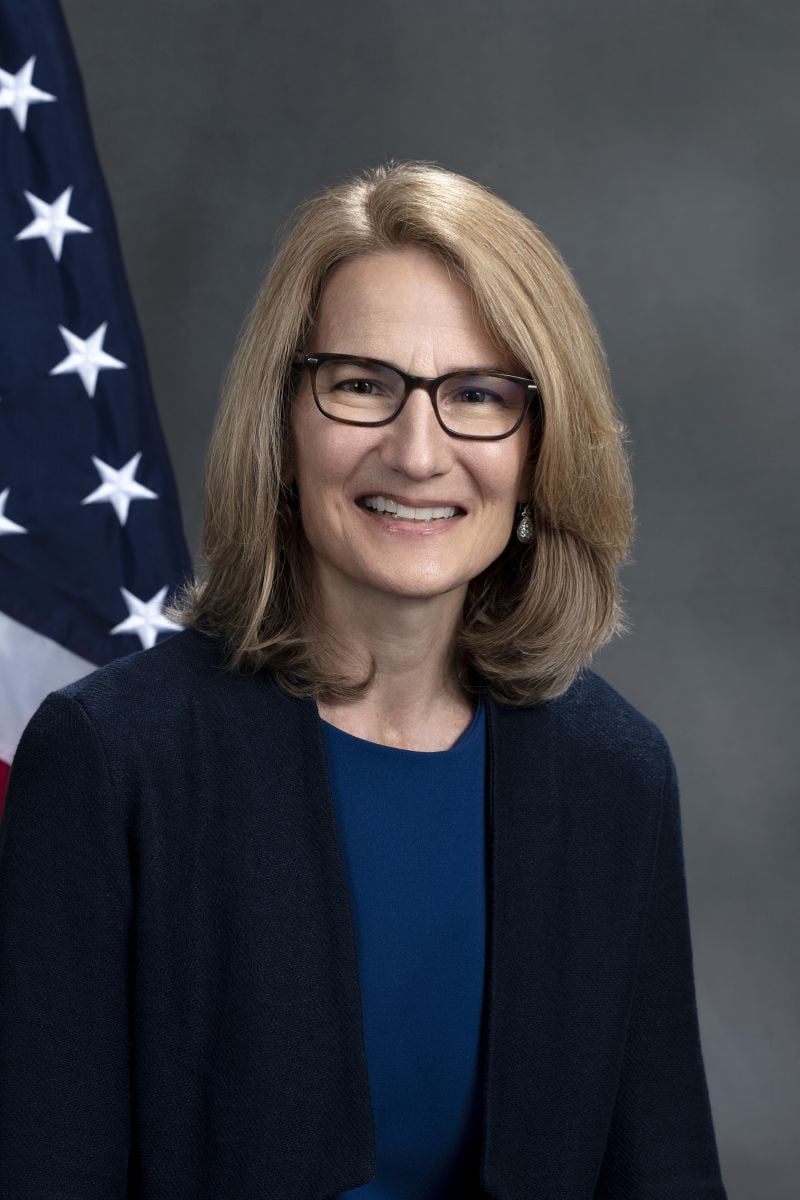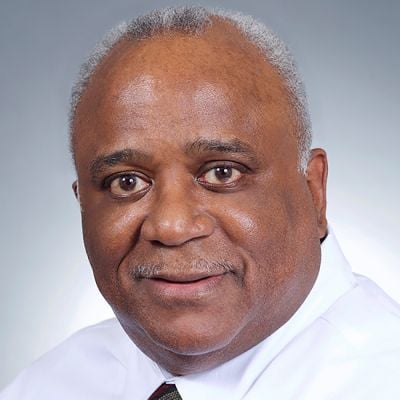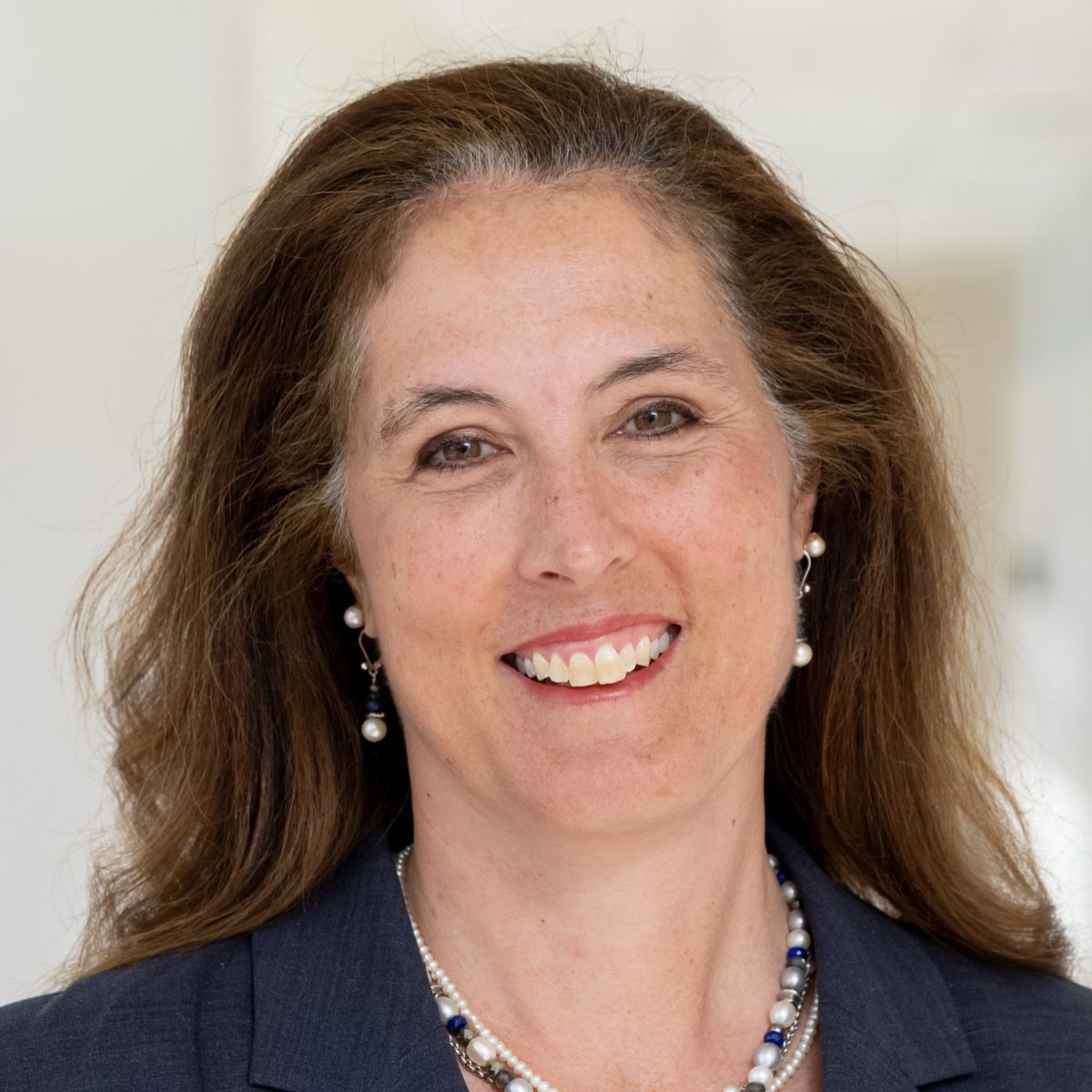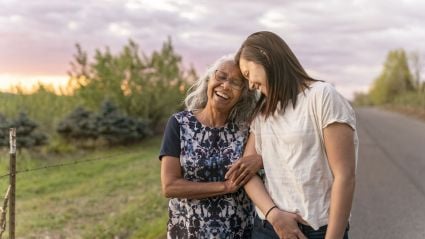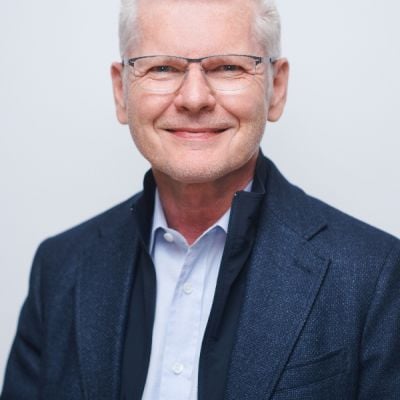
In today’s world, getting older is a different experience compared to prior generations. We have modern medicine, rapidly evolving technology, and many ways to stay connect ed with friends and family, all helping us to maintain our health and independence as we age. Even so, life expectancy is below 2019 levels, and social isolation is a public health crisis, according to the US surgeon general. We have disconnected health and social service systems, and a recent West Health-Gallup poll found that most Americans think their communities need more health and social supports for older adults to remain independent as they age.
A more holistic approach to supporting health and independence will be needed as the population of older adults grows and has more complex needs. Partnerships across sectors and systems will be essential to overcome some of our biggest challenges and enable older adults to live their best lives.
Supporting the health and independence of older adults starts with making it easy for them to find available support when they need it. Regardless of where someone seeks help, whether it’s a doctor’s office, hospital, or senior center, every point of access should be part of a system that helps people connect to the full range of services they need. Since the early 2000s, states have been building that “No Wrong Door” approach, with organizations designated to help people access long-term care. Yet many people still do not know where to turn during a crisis or when their health and function decline. Partnerships across government programs, philanthropy, and the private sector could make it possible for all people who need support to have easy access to unbiased professionals who can help them plan and get connected to the support they need.
Partnerships across sectors and systems will be essential to enable older adults to live their best lives
Holistically supporting healthy aging also requires better connections across health-care, social service, and public health organizations, with well-defined relationships and referral systems to coordinate care and supportive services. These cross-sector networks are forming across the US, often led by a “community care hub,” a community-based organization (CBO) that manages a network of community providers with the operational infrastructure to ensure health and social needs are addressed and lives are improved.
For example, the Western New York Integrated Care Collaborative formed a network of community-based organizations across 16 counties that partner with health plans and providers to address health and social needs through meals, health coaching, chronic disease self-management, falls prevention, social isolation and depression management, home repairs, transportation, and other community-based services. The breadth of their partnerships and ability to braid funding from philanthropy, social services, Medicare, and, most recently, state Medicaid has been critical to their growth and ability to be responsive to the needs of older adults in their community.
These types of community partnerships are essential to moving from a health culture primarily rooted in treating the sick to one that is based on an understanding of the whole person, including their values and preferences, and which delivers comprehensive services to preserve health and function throughout life.
As screening for health-related social needs is increasingly incorporated into health-care encounters, there’s an opportunity to replicate and scale community partnerships that connect health-care organizations with CBOs and sustain these arrangements through community care hubs. As technology and interoperability better enable multidirectional referrals, care coordination, risk prediction, measurement of outcomes, and braiding of funding, all this work will get easier. For the foreseeable future, this will happen gradually where community leadership is strong, health-care leaders are collaborative, policies are aligned, and there is ample funding to develop community partnerships and operating infrastructure. Leveraging all public and private sources of fund ing to deliver services and programs that help older adults live their best lives will require ongoing integration of our systems of care and putting the person in the center of our efforts for many years to come.
